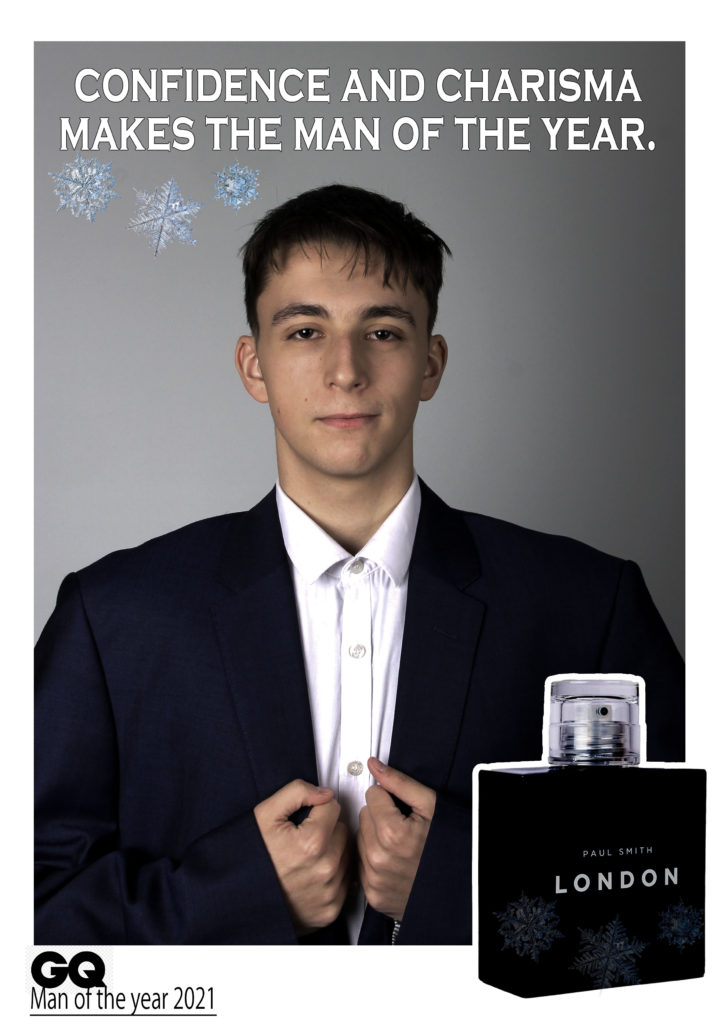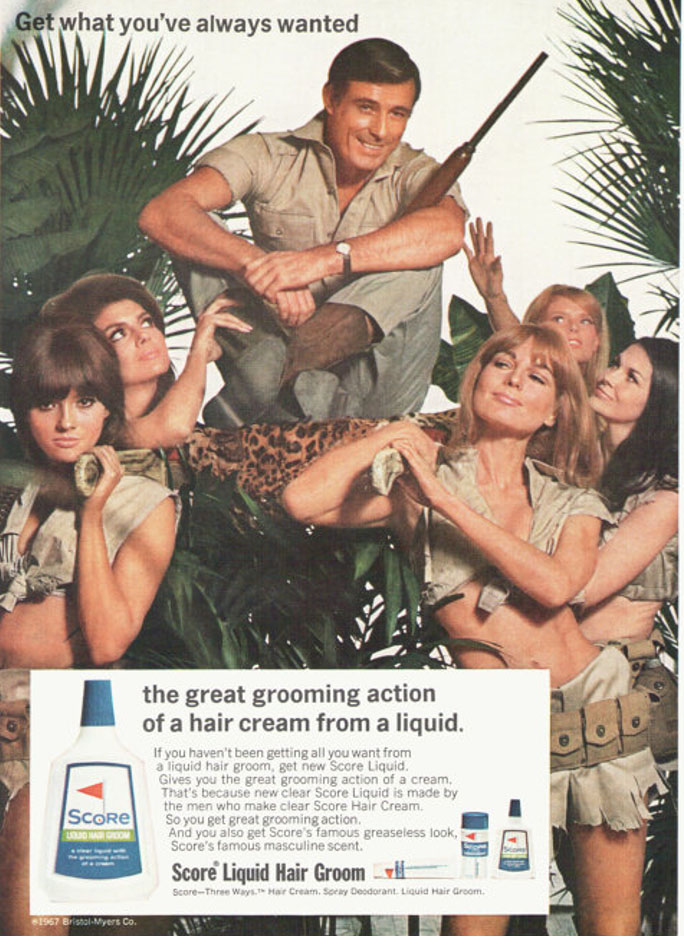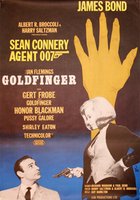there is 4 types of feminism
Feminist = a political position
Female = a matter of biology
Feminine = a set of culturally defined characteristics
‘sexism was coined by analogy with the term racism in the American civil rights movement in the early 1960s. Defined simply, sexism refers to the systematic ways in which men and women are brought up to view each other antagonistically, on the assumption that the male is always superior to the female‘
(Michelene Wandor 1981:13)
Barry makes the point that although the women’s movement was not the start of feminism. In other words, the issue of women’s inequality has a history that pre-dates the 1960’s, see for examples: Mary Wollstonecraft, (1792) A Vindication of the Rights of Women; Virginia Woolf(1929) A room of one’s own; Simone de Beauvoir(1949) The Second Sex. this was the first wave feminism
where one was to do do with equal rights and having the right to work and such this was enforced by the suffer-jets Indeed feminist critical thought became much more prominent and pronounced during the counter cultural movements of the late 1960’s and early 1970’s, which heralded, among other changes: the facilitation of of birth control and divorce, the acceptance of abortion and homosexuality, the abolition of hanging and theatre censorship, and the Obscene Publications Act (1959) – which led to the Chatterly trial. Nevertheless, this was second wave feminism
‘rebellion of younger women against what was perceived as the prescriptive, pushy and ‘sex negative’ approach of older feminists.’ (344)
Barker and Jane (2016 p. 344)
Third-wave feminism began in the early 1990s, coined by Naomi Wolf, it was a response to the generation gap between the feminist movement of the 1960’s and ’70’s, challenging and re-contextualising some of the definitions of femininity that grew out of that earlier period. In particular, the third-wave sees women’s lives as intersectional, demonstrating a pluralism towards race, ethnicity, class, religion, gender and nationality when discussing feminism. this is third wave feminism this highlighted the hypersexualised culture and forcing women to sexualise others and themselves in summary third wave feminism is different from the sixty’s but where it is different it is the same although the sixty’s talks about the plural identity’s also known as intersexuality
an emphasis on the differences among women due to race, ethnicity, class, nationality, religion
individual and do-it-yourself (DIY) tactics
fluid and multiple subject positions and identities
cyberactivism
the reappropriation of derogatory terms such as ‘slut’ and ‘bitch’ for liberatory purposes
sex positivity
According to Ariel Levy, in her book Female Chauvinist Pigs raunch culture is on the one hand, the idea of liberation involves new freedoms for sexual exhibition, experimentation and presentation,and on the other, it may well be playing out the same old patterns of exploitation, objectification and misogyny?
‘Raunch culture is the sexualised performance of women in the media that can play into male stereotypes of women as highly sexually available, where its performers believe they are powerful owners of their own sexuality’
3judith butler a theorist on gender talks about how gender is a performative thing and that we act in a certain way to make an identification of yourself and the way you are is based upon the way you act.
you cannot ‘understand Black women’s experiences of discrimination by thinking separately about sex discrimination and race discrimination’ (ibid)
Sigle-Rushton & Lindström, 2013 p131
Hook: Multicultural Intersectionality
As Barker and Jane note, ‘black feminists have pointed ot the differences between black and white women’s experiences, cultural representations and interests’ (2016:346). In other words, arguments around gender also intersect with postcolonial arguments around ‘power relationships between black and white women’. So that ‘in a postcolonial context, women carry the double burden of being colonized by imperial powers and subordinated by colonial and native men’ (ibid).
As a way of exploring this notion of intersectionality ie the idea that an approach such as feminism, is NOT UNIVERSAL, SINGULAR or HOMOGENEOUS as this is a REDUCTIONIST and ESSENTIALIST way of seeing the world. Rather intersectionality highlights the way ideas and concepts such as ‘female‘, ‘feminist‘, ‘feminine‘ (Moi 1987) intersect with other concepts, ideas and approaches, such as, sexuality, class, age, education, religion, ability. A way of exploring these ideas is through the work of bell hook.
bell hook (always spelt in lower case – real name: Gloria Jean Watkins) advocates media literacy, the need to engage with popular culture to understand class struggle, domination, renegotiation and revolution. Put another, encouraging us all to ‘think critically’ to ‘change our lives’.ethnicity and race, see for example here work ‘Cultural Criticism and Transformation‘
Queer Theory
In the UK the pioneering academic presence in queer studies was the Centre for Sexual Dissedence in the English department at Sussex University, founded by Alan Sinfield and Johnathon Dollimore in 1990 (Barry: 141). In terms of applying queer theory to feminist critical thought, Judith Butler, among others expressed doubt over the reductionist, essentialist, approach towards the binary oppositions presented in terms of: male/female; feminine/masculine, man/woman. Arguing, that this is too simple and does not account for the internal differences that distinguishes different forms of gender identity, which according to Butler ‘tend to be instruments of regulatory regimes . . . normalising categories of oppressive structures‘ (14:2004).
Judith Butler: ‘gender as performance’
identity can be a site of contest and revision‘
Butler (2004:19)
In many ways Judith Butler counterpoints earlier ideas of gender representation, for example, some of the ideas presented by Laura Mulvey seem to suggest that gender is fixed – male/female – that it is structured by institutions and those powerful individuals who are able to exert power and control – Weinstein et al. While still recognising those argments presented by Mulvey, Jean Kilbourne, Sut Jhally and others, Butler suggests that gender is fluid, changeable, plural a set of categories to be played out and performed by individual subjects in individual moments in time and space.
Put another, it suggests that we have multiple identities that are performed to different people, in different social settings, under different social conditions. For example, look at categories such as lipstick lesbian, butch and femme, girly girl and so on, which illustrate the multiple, plural nature of identity, representation and performance with feminist critical thinking. Which can be explored and mapped out into similar studies on male identity (again see work by Sinfield, Dollimore and others).
The idea of identity performance is explored further in another post: Representation, Identity & Self. However, to understand the approach of gender as performative is to recognises a ‘phenomenon that is being reproduced all the time‘, which perhaps suggests that ‘nobody is a gender from the start.’ The question for Butler (and for students of media and cultural studies) is therefore: how does gender get established and policed? Which, of course, is why we look at her ideas in subjects like Media Studies.






